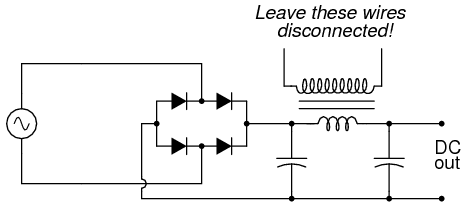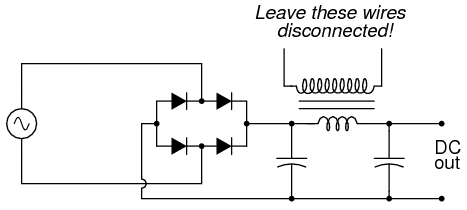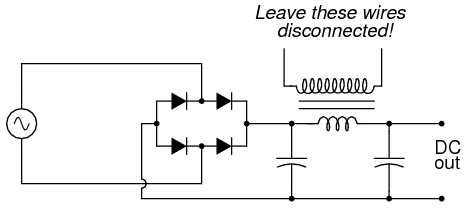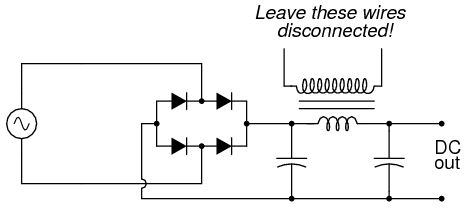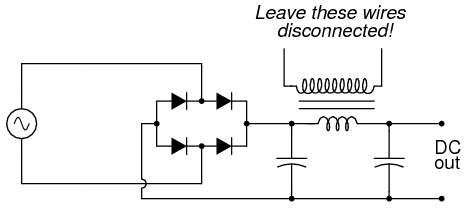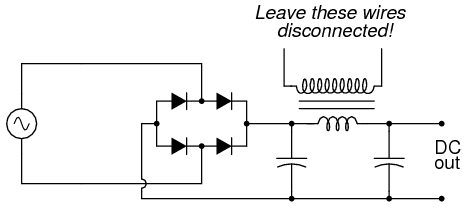- Joined
- Apr 20, 2011
- Messages
- 430
Bill,
Think "treadmill" ---
Get on ebay and search "treadmill motor controller" theres always dozens and with some patience can be bought cheaply.
Like this one for example:
http://cgi.ebay.com/ICON-MC-70-DC-M...=US_Cardio_Treadmills&hash=item2c5e2fb3a0
Think "treadmill" ---
Get on ebay and search "treadmill motor controller" theres always dozens and with some patience can be bought cheaply.
Like this one for example:
http://cgi.ebay.com/ICON-MC-70-DC-M...=US_Cardio_Treadmills&hash=item2c5e2fb3a0


